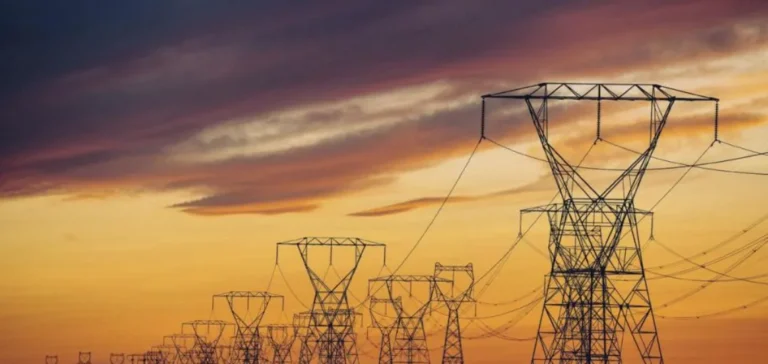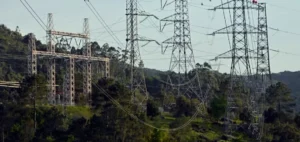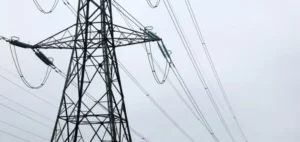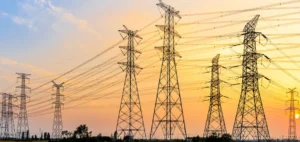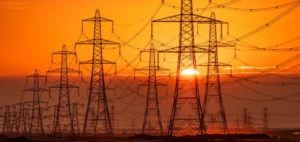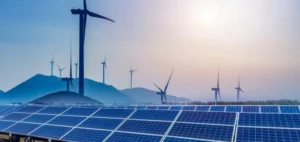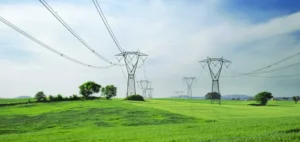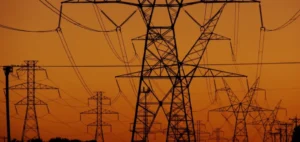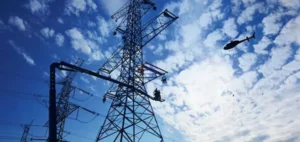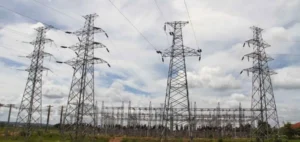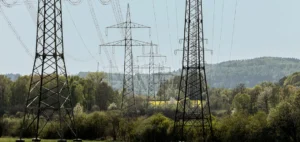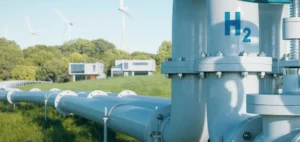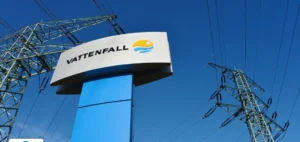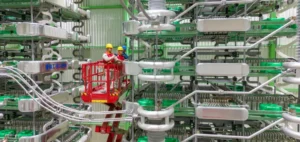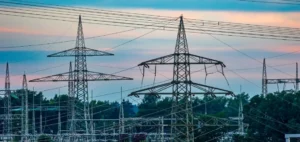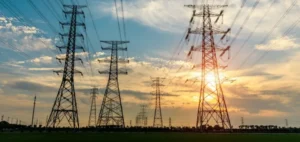More than half of Europe’s electricity system relies on insufficient import capacity, increasing the likelihood of large-scale outages. According to published data, cross-border interconnectors have played a central role in preventing three major blackouts within the European Union over the past five years, while also helping stabilise power grids in Ukraine and Moldova during Russian aggression.
Current infrastructure limitations
The study notes that countries such as Spain, Ireland and Finland are among the most exposed due to minimal cross-border infrastructure. These regions have few alternatives to secure electricity supply in case of local disruption, making their grids particularly fragile. In Poland, a substation failure in 2021 was quickly stabilised thanks to emergency imports via interconnectors.
In April 2025, the restart of the Iberian grid also relied on external support. In 2022, France maintained supply during a period of domestic production tension, and in 2020, Poland avoided a record generation loss through emergency imports. These examples highlight the importance of interconnectors in crisis management and grid stability.
Rising threats to critical infrastructure
Interconnectors have become strategic targets. Since 2022, nine sabotage incidents have affected energy and communications infrastructure in the Baltic Sea. This region, essential for regional energy stability, is central to cooperation between Northern and Eastern European countries. In September 2025, additional incidents affected infrastructure, including a gas convoy explosion near Vilnius and a blackout caused by arson in Berlin.
The hacking of a Norwegian hydropower plant by Russian-linked groups in April 2025 also reflects the diversity of threats. The report stresses the need to expand and secure interconnectors, integrating them into a broader protection strategy that extends beyond the energy sector alone.
The Baltic Sea as a strategic energy hub
Baltic Sea countries already account for more than one-third of the European Union’s total electricity production. Their share is expected to grow with ongoing investments in low-carbon technologies. The region’s central role makes it a vital component of the European energy system, but also a high-risk area in terms of infrastructure security.
Protecting submarine cables and power lines is becoming as strategic as securing ports or commercial routes. Their inclusion in the European Union’s or North Atlantic Treaty Organization’s (NATO) collective defence mechanisms is now being considered within specialised circles.


